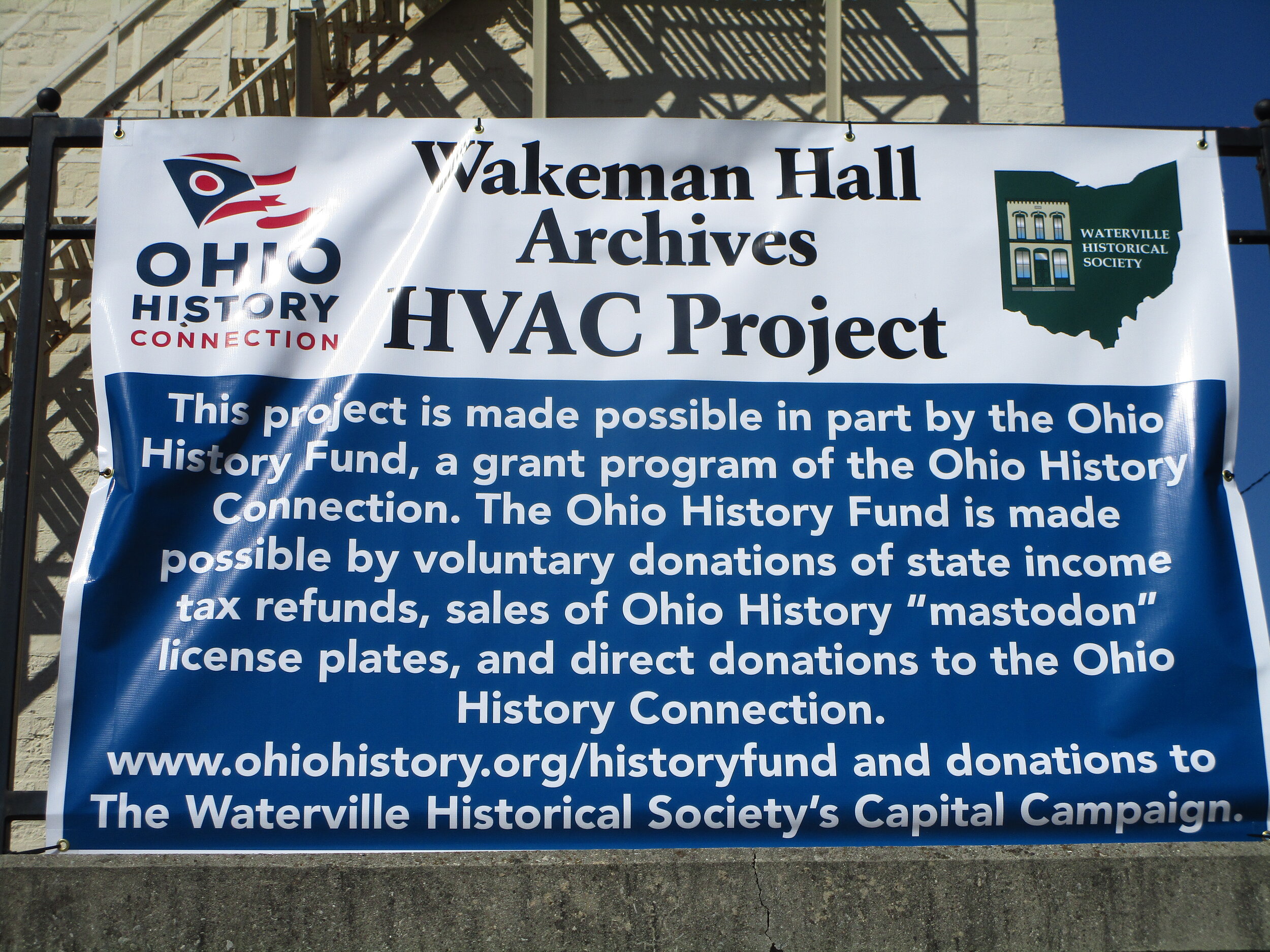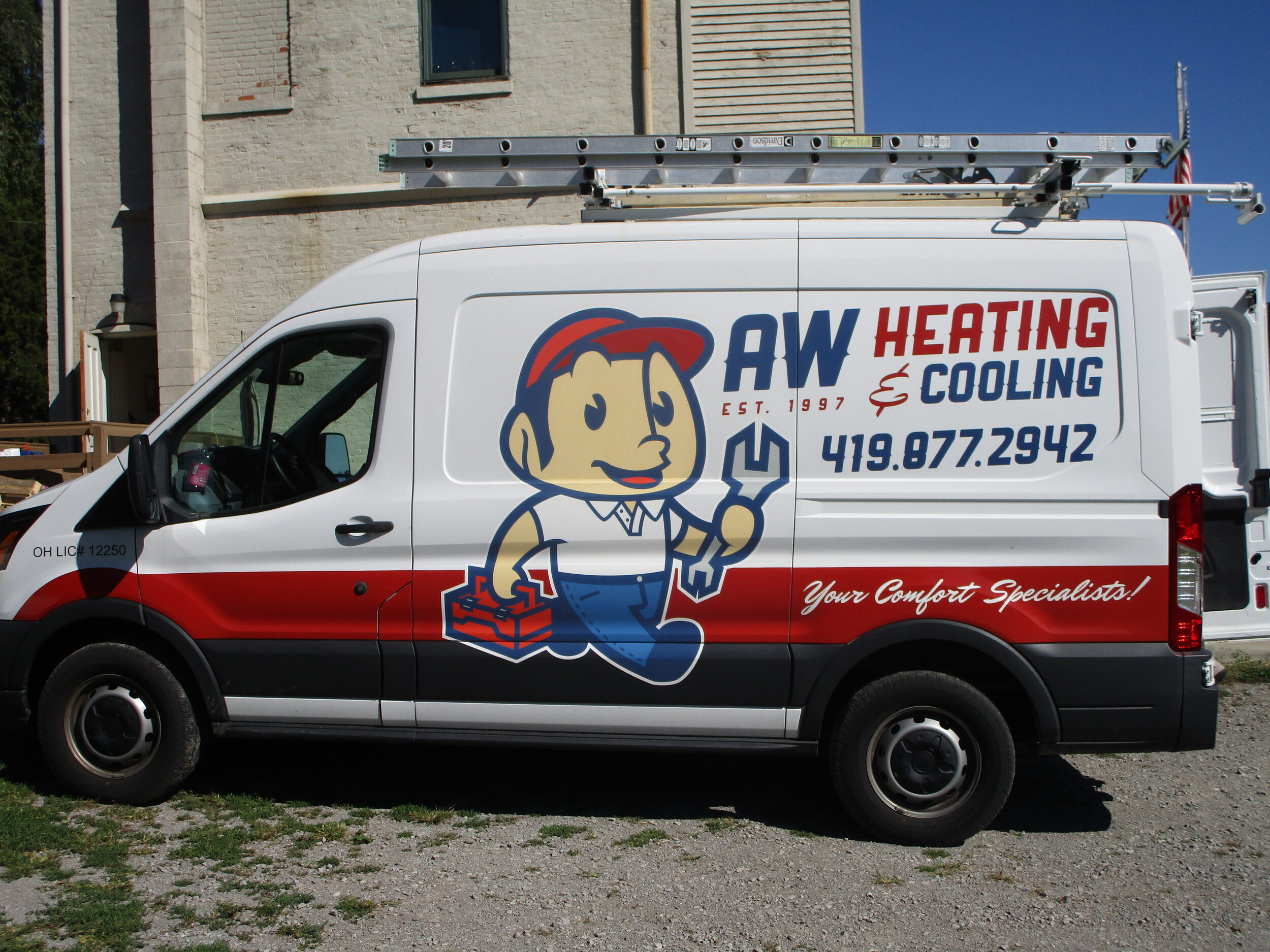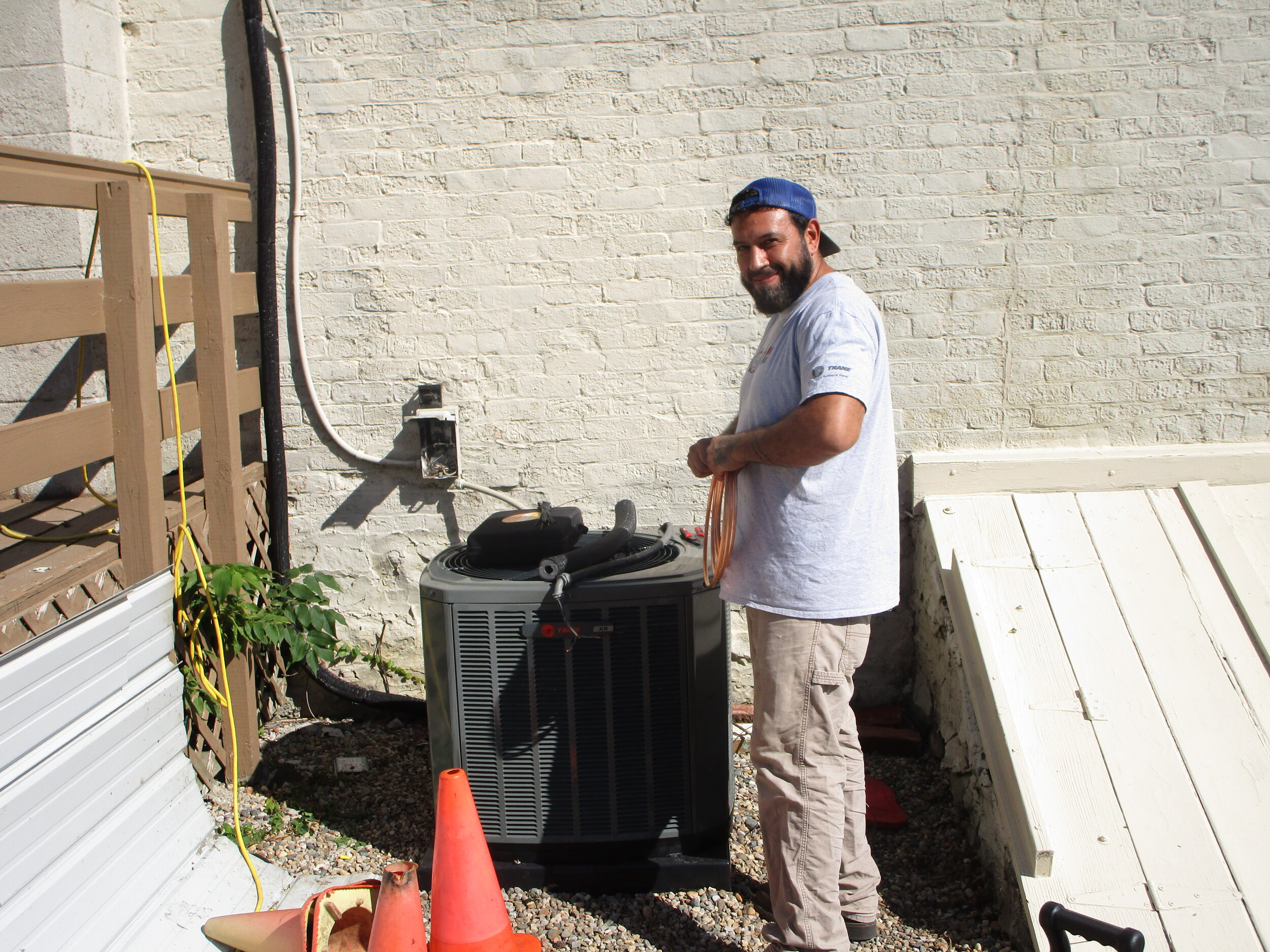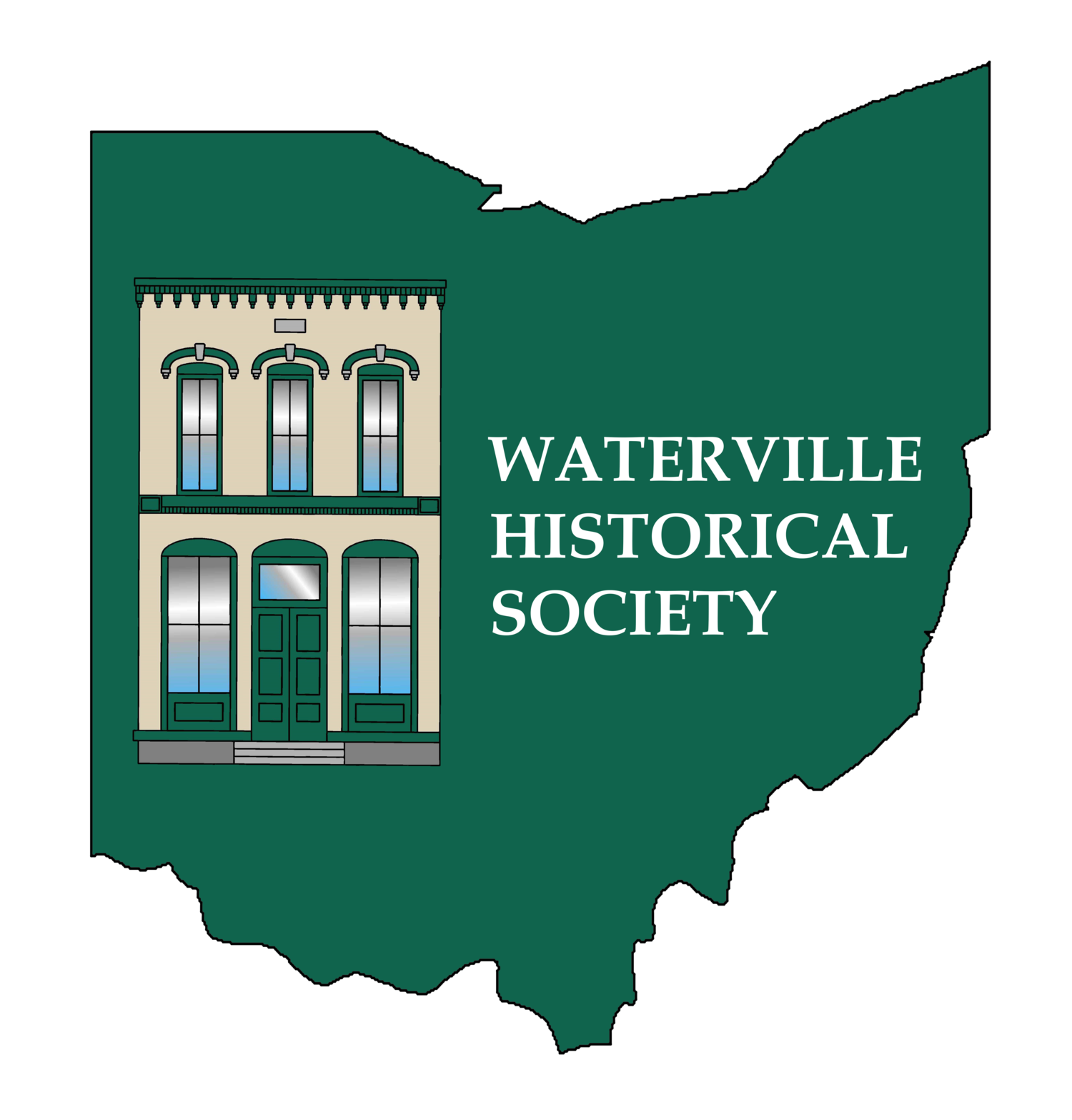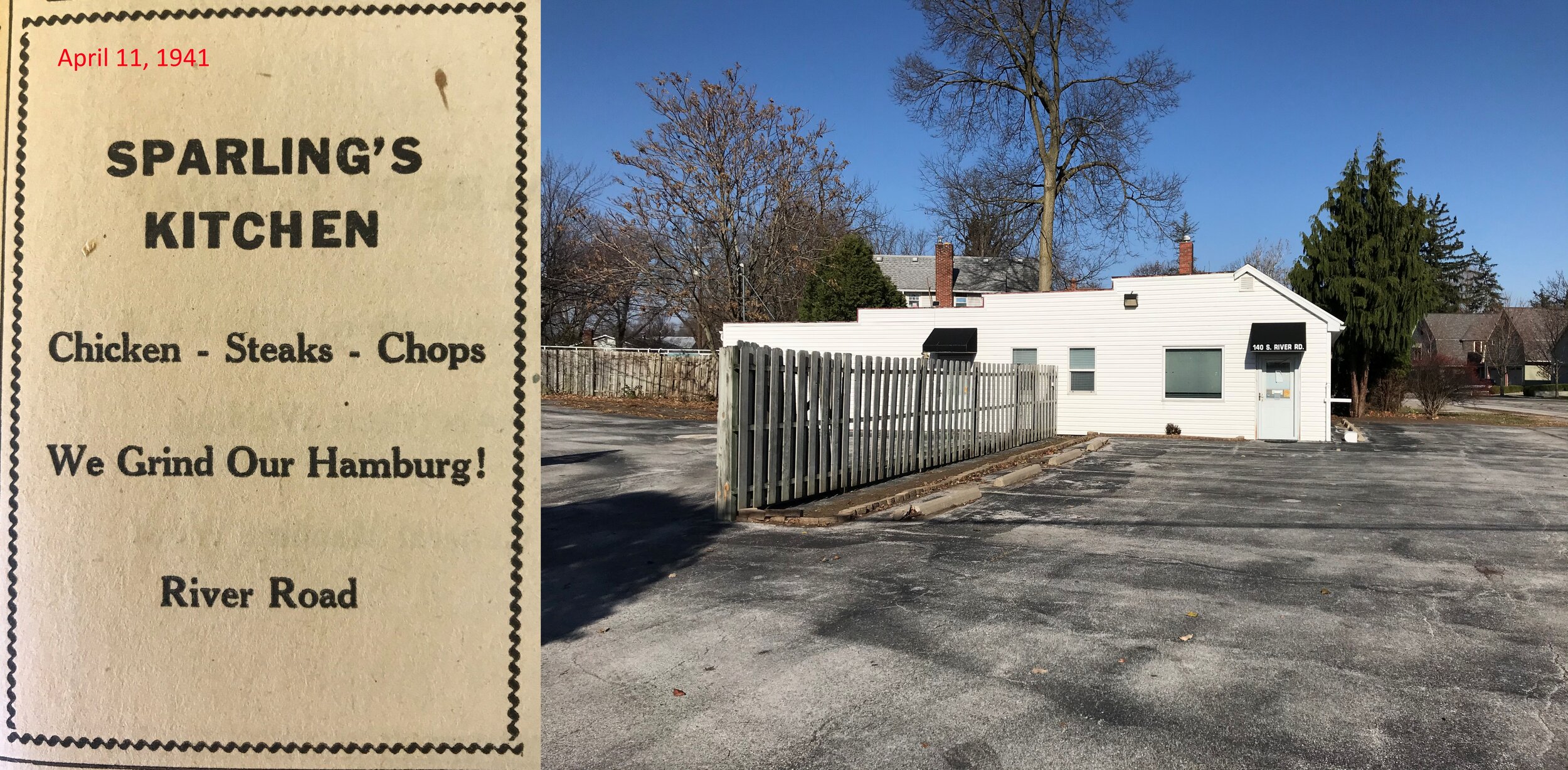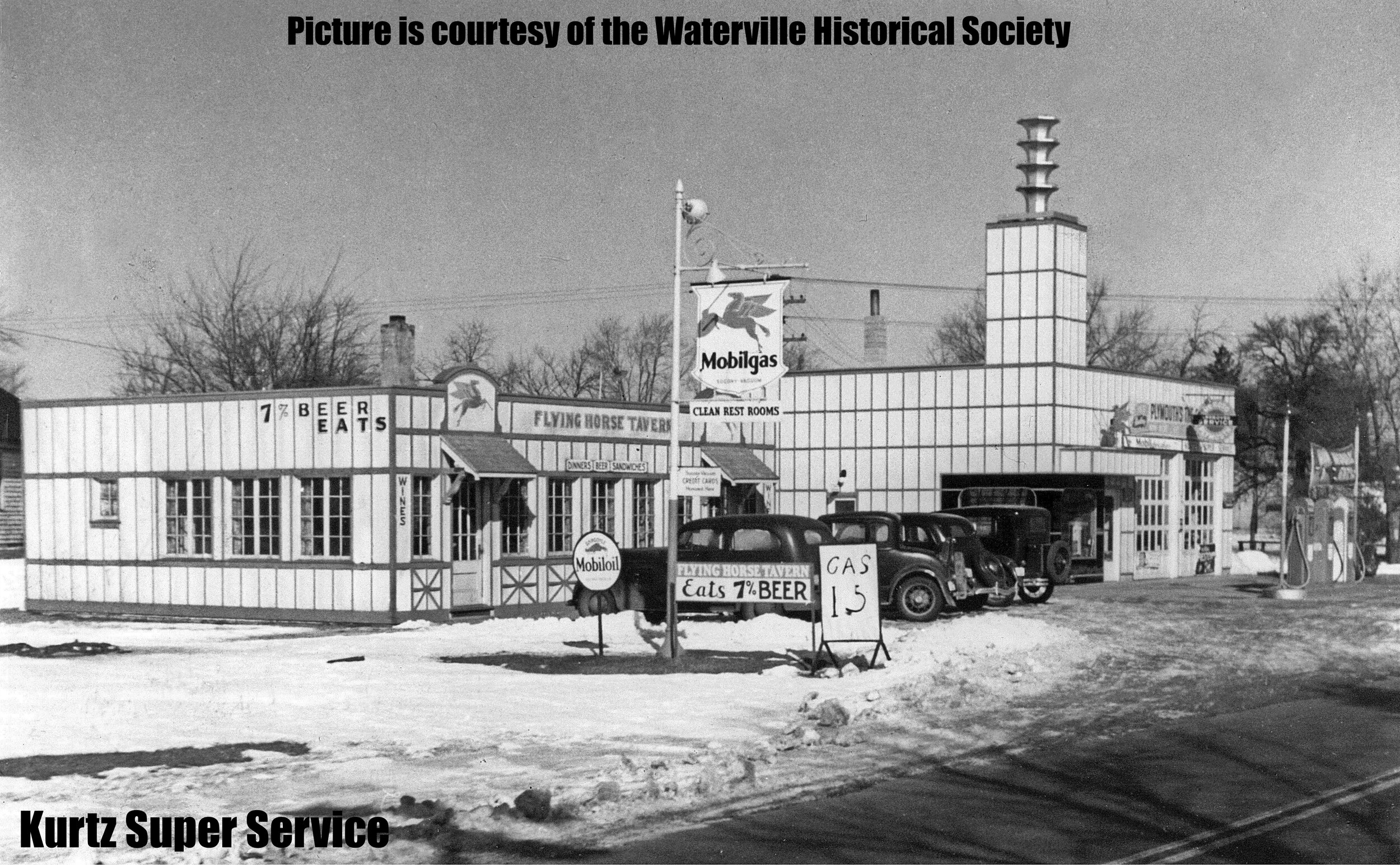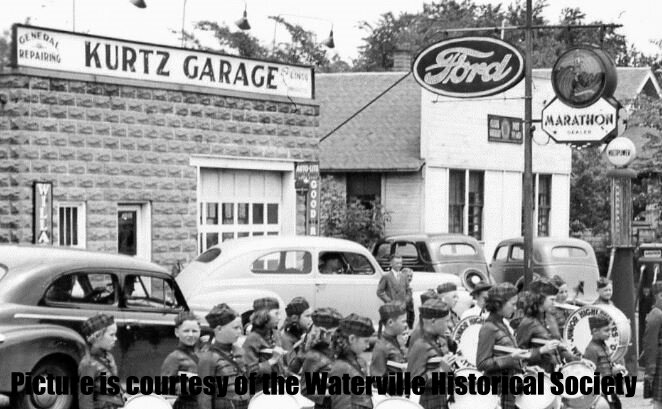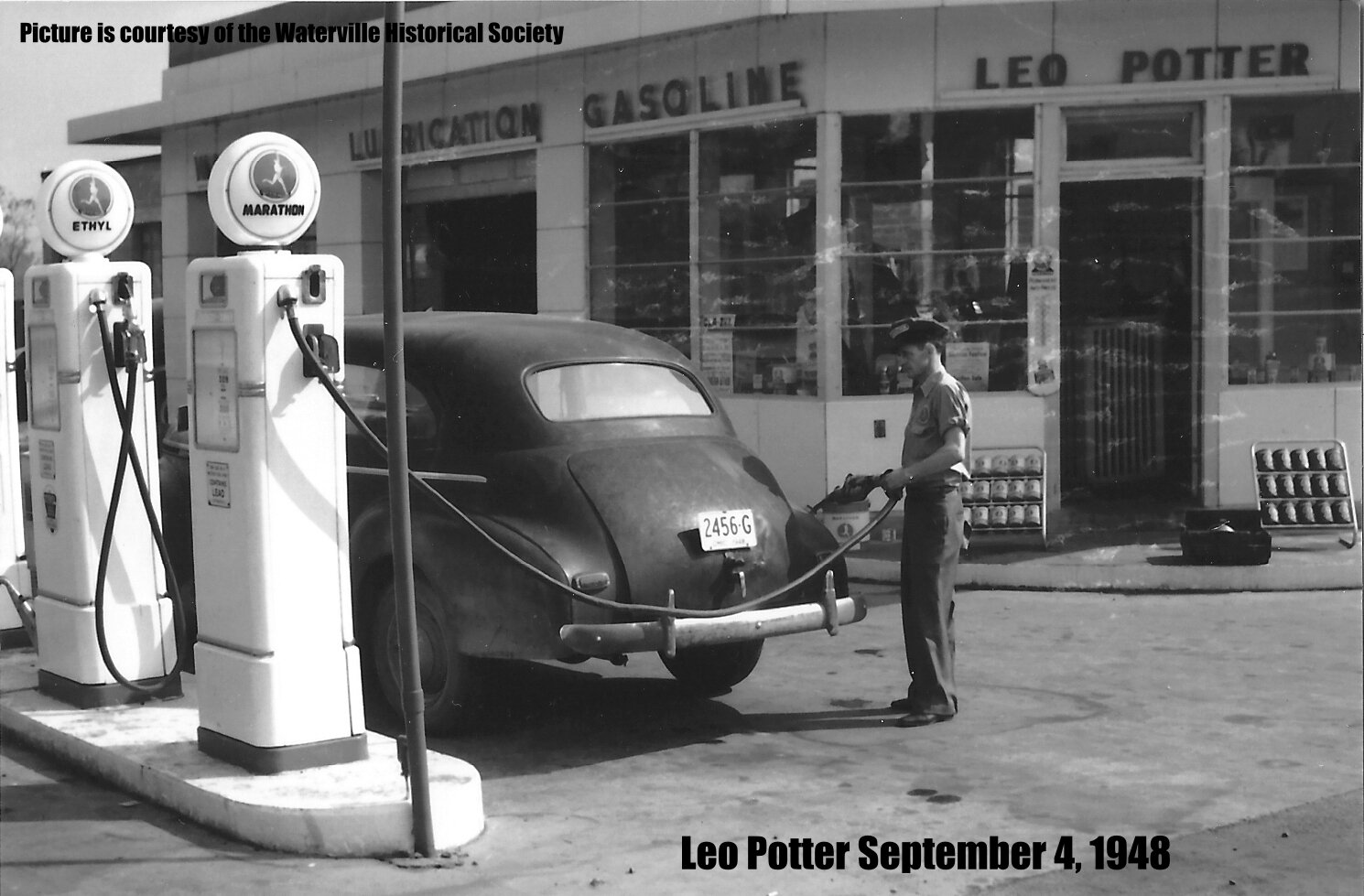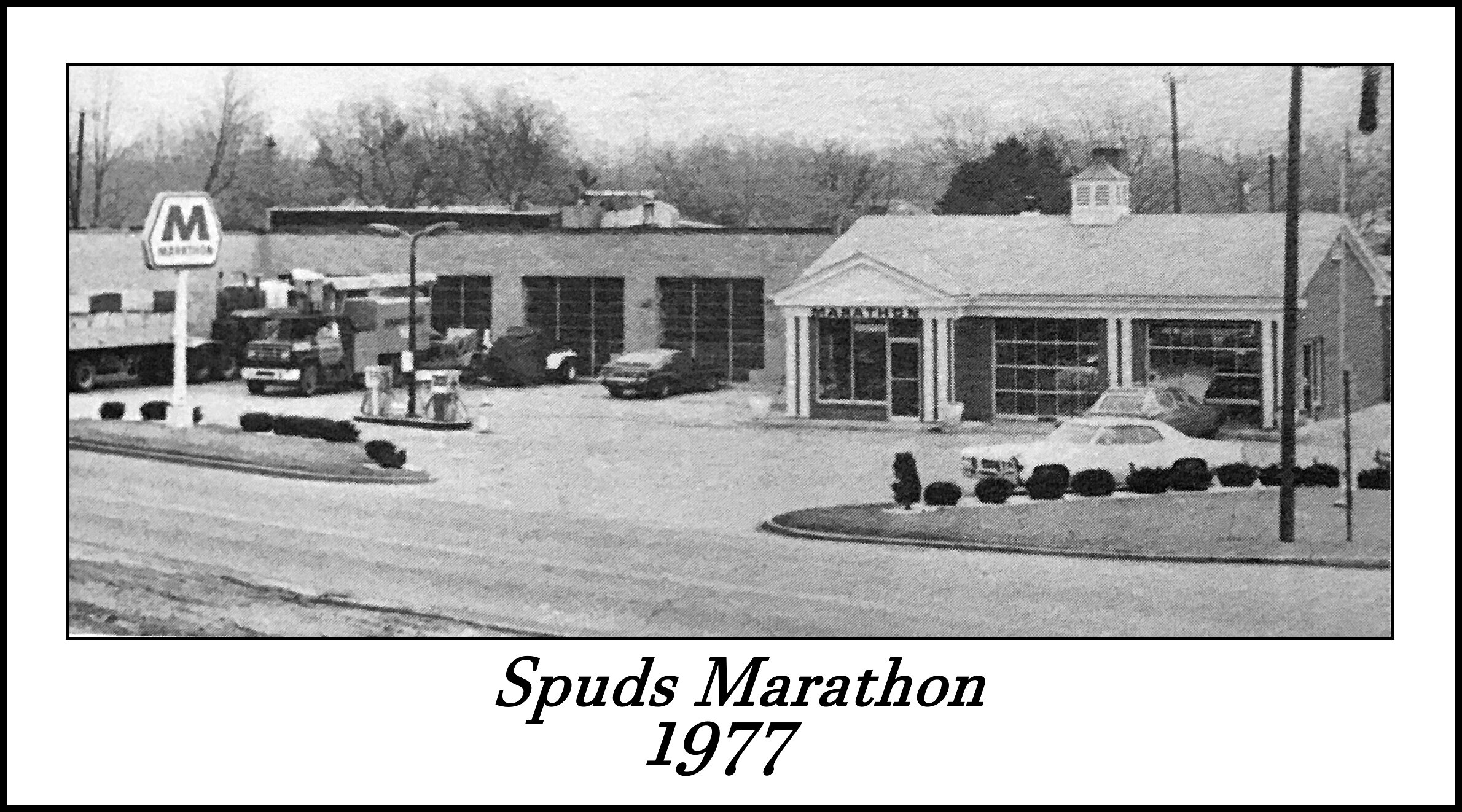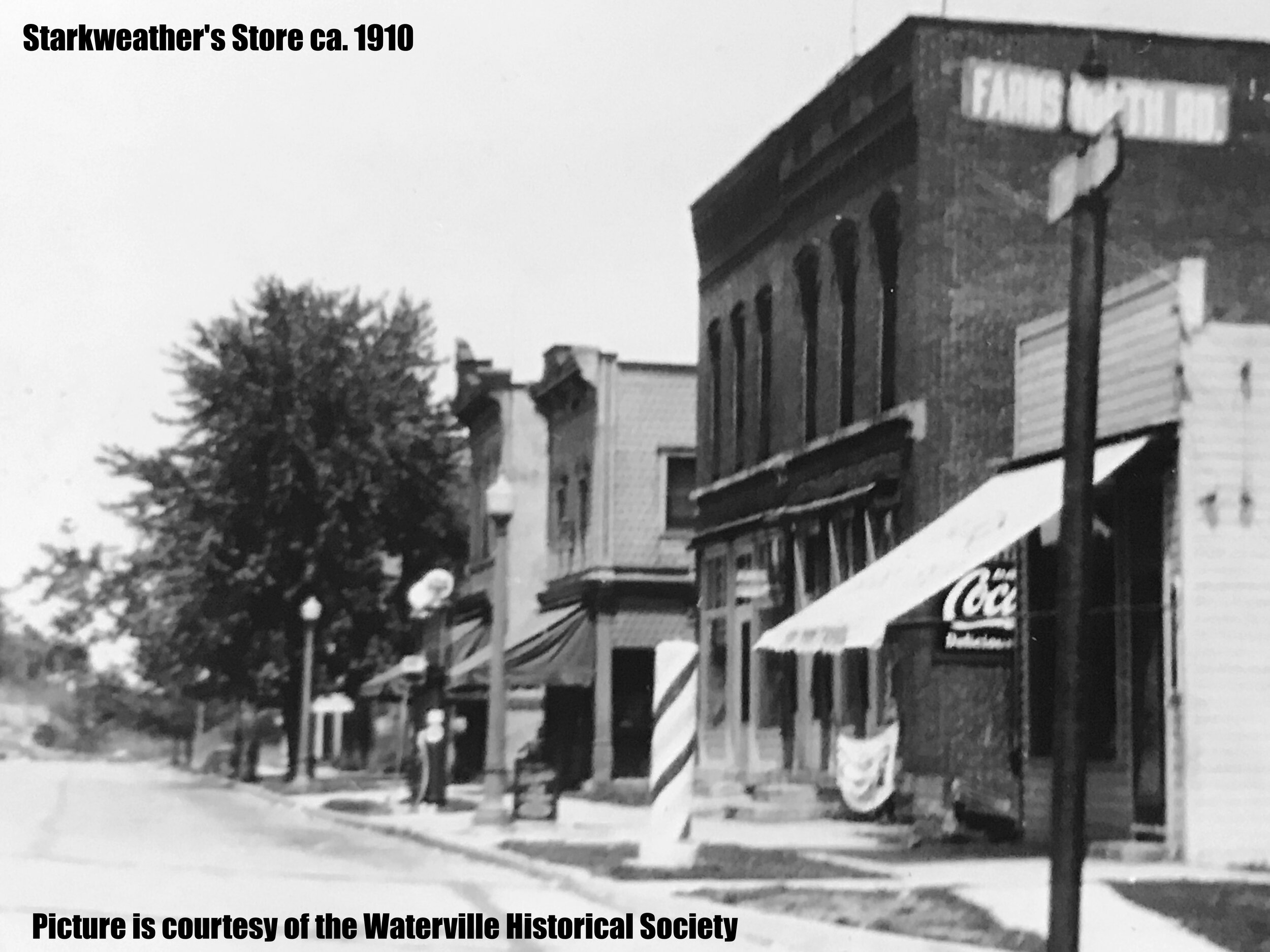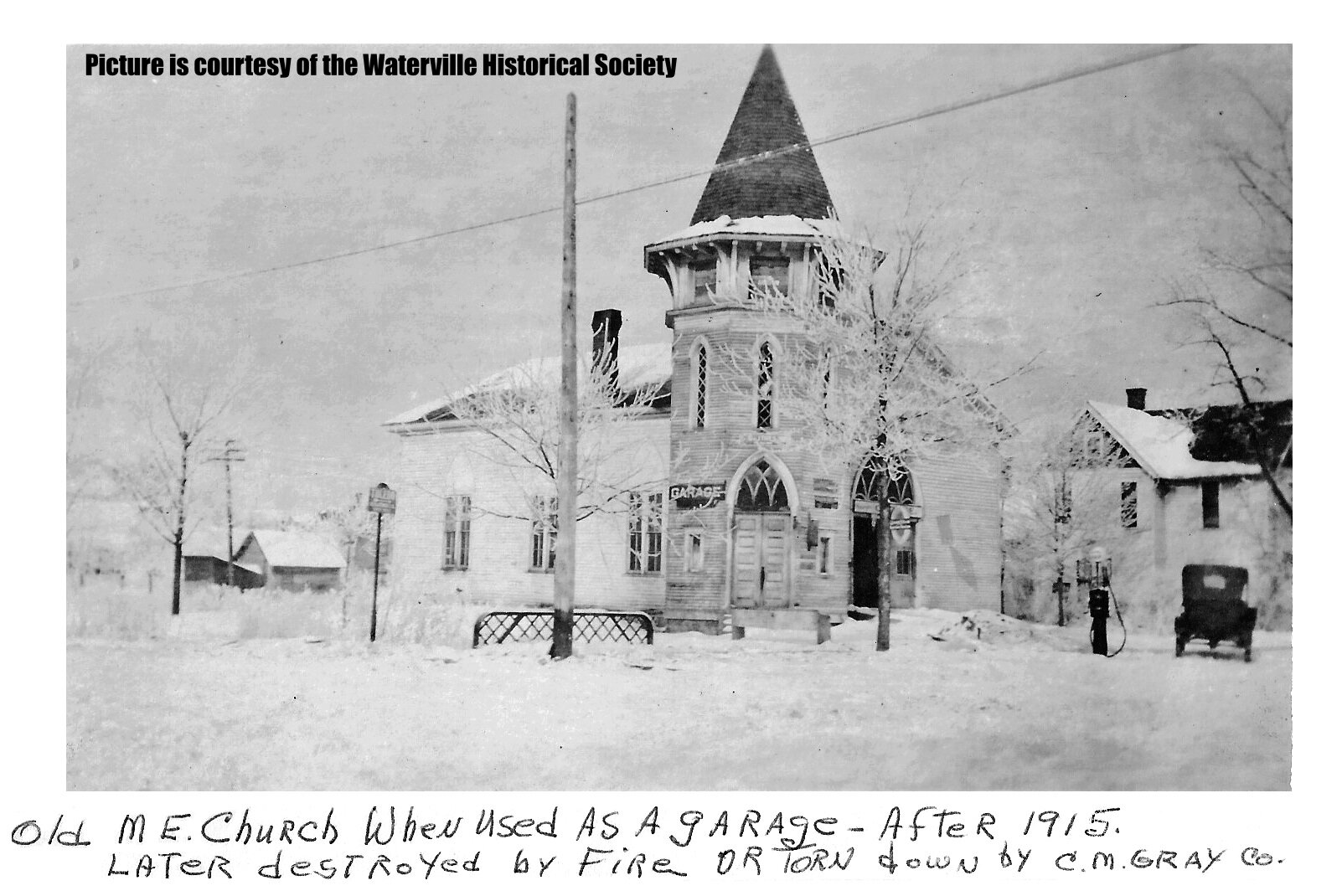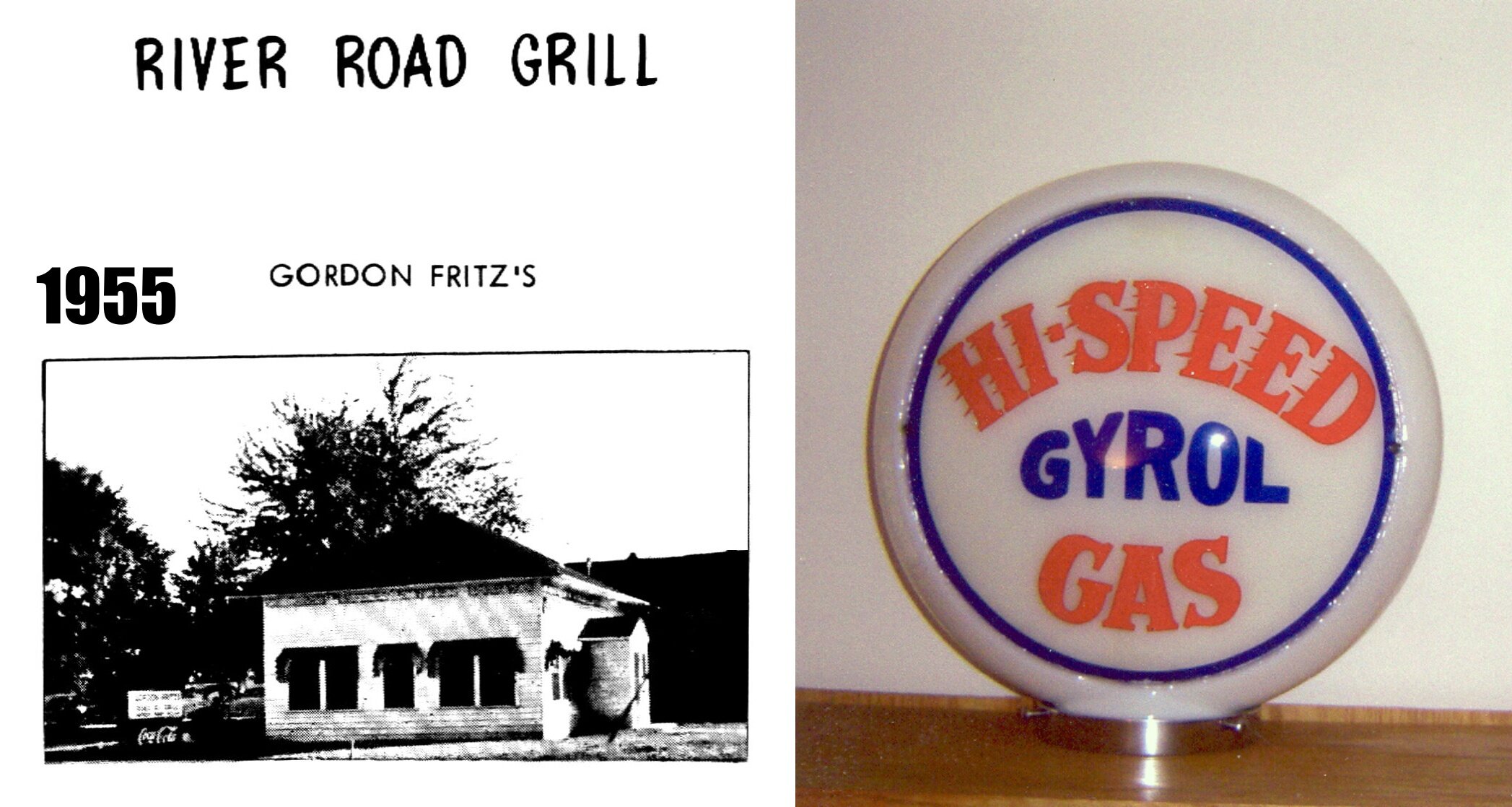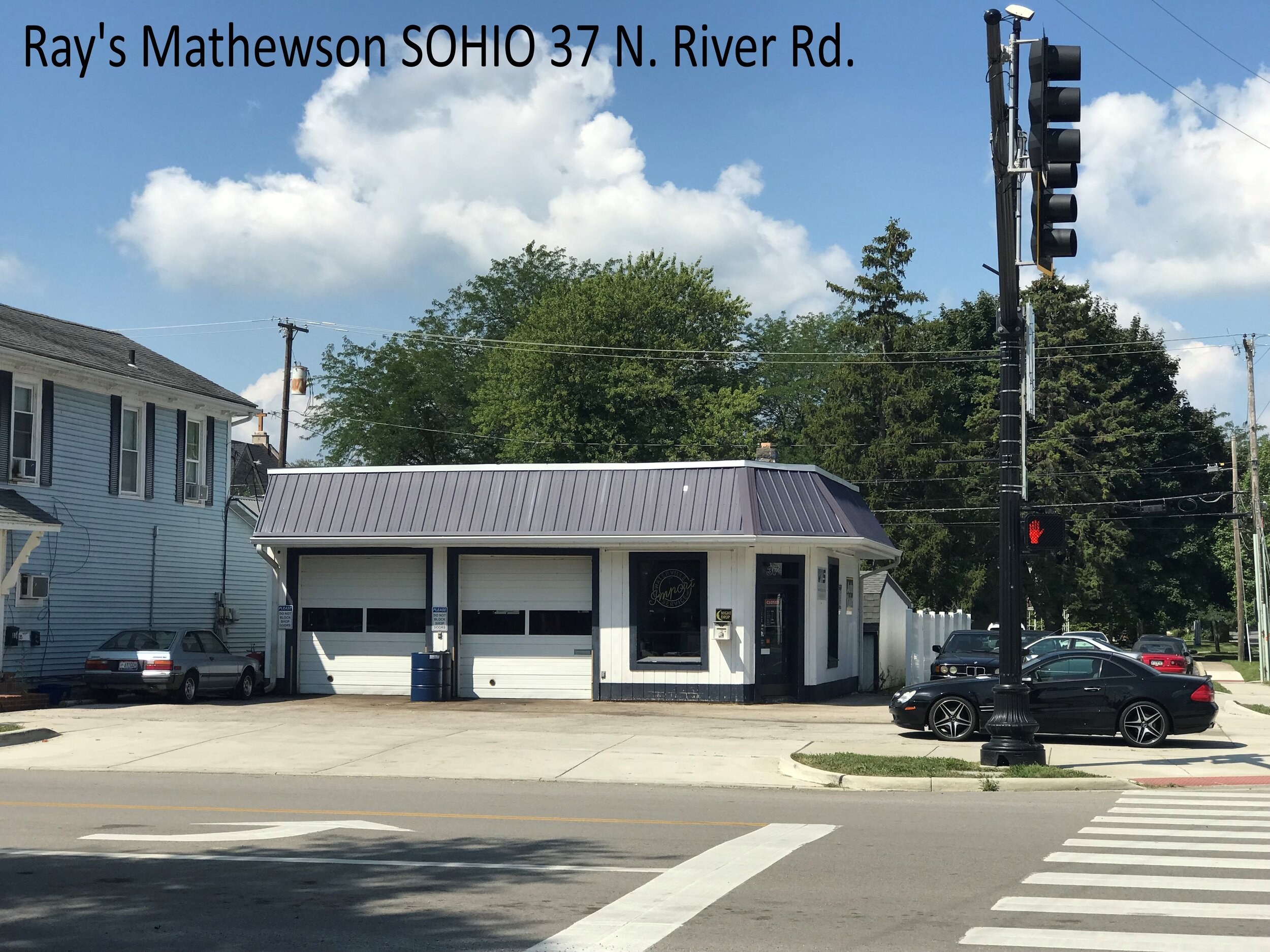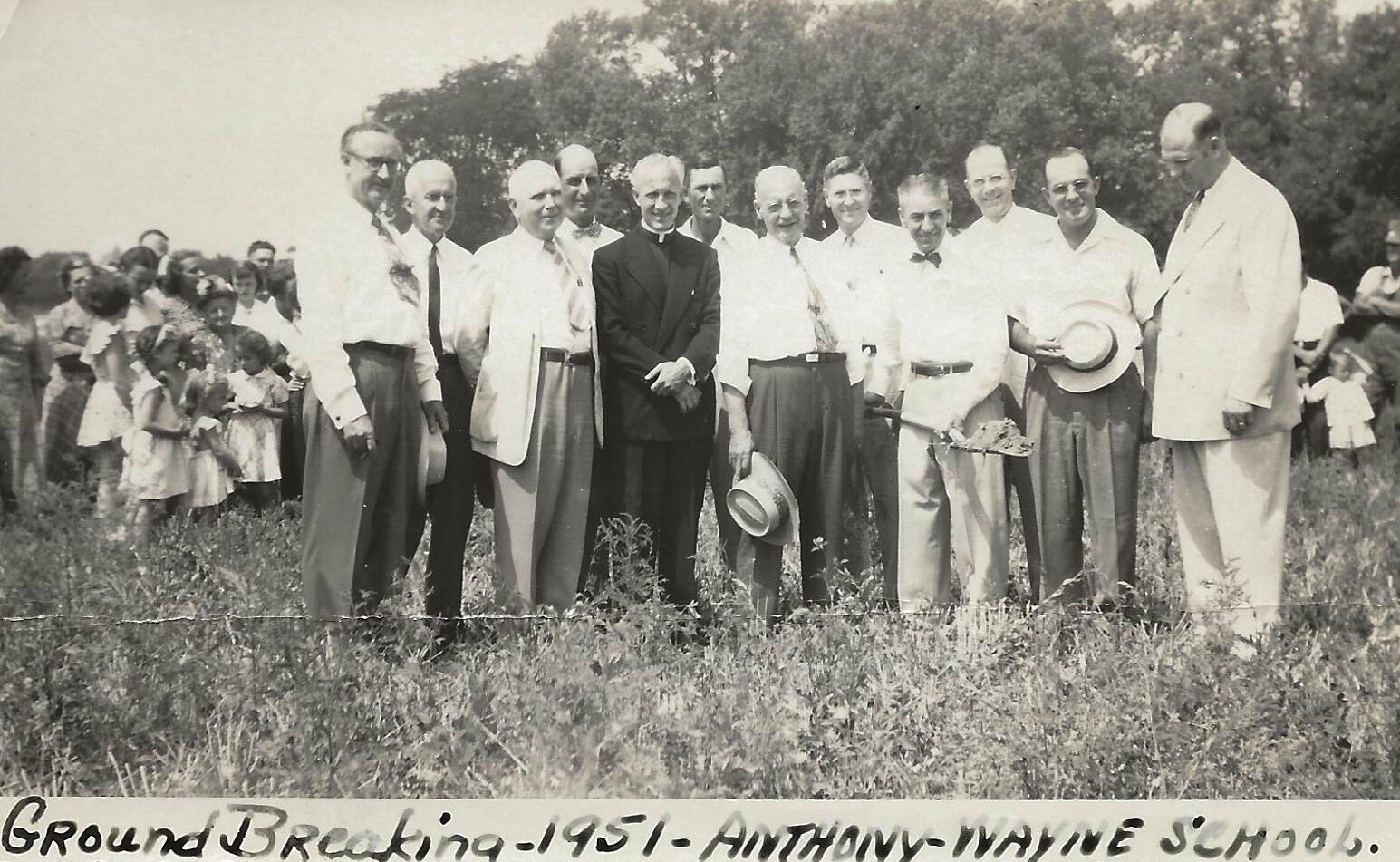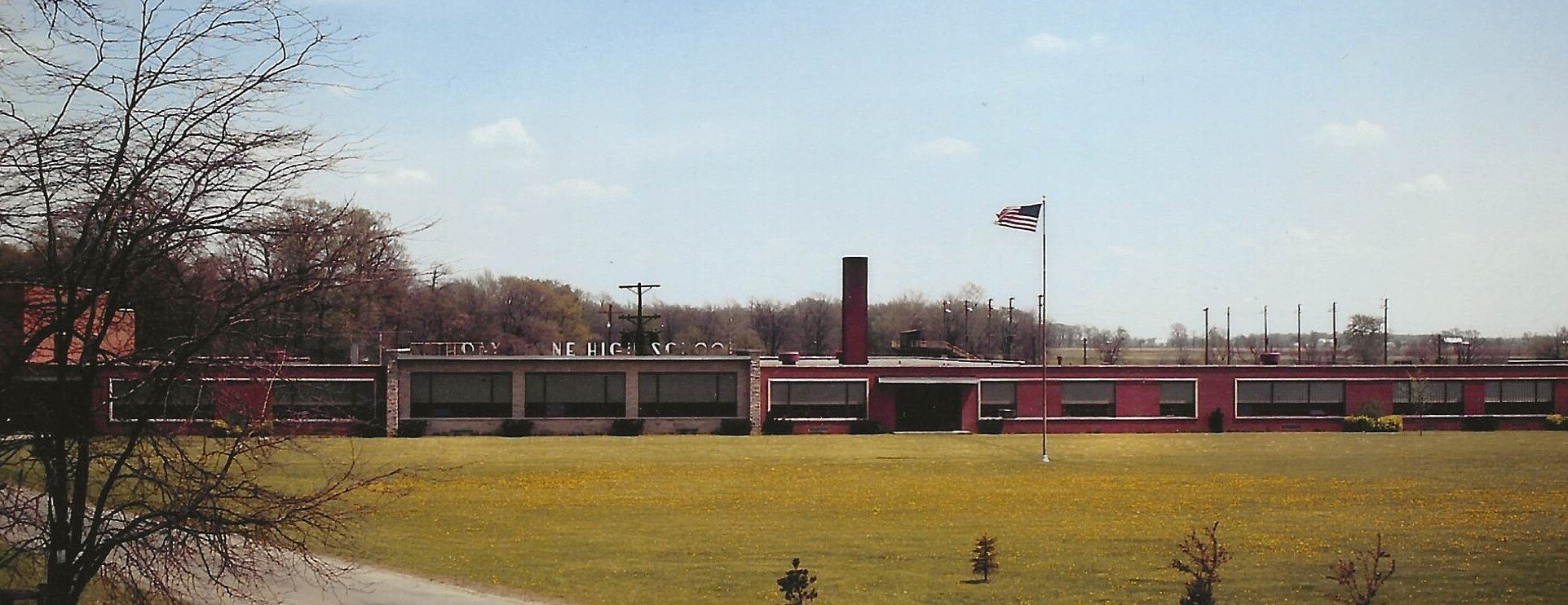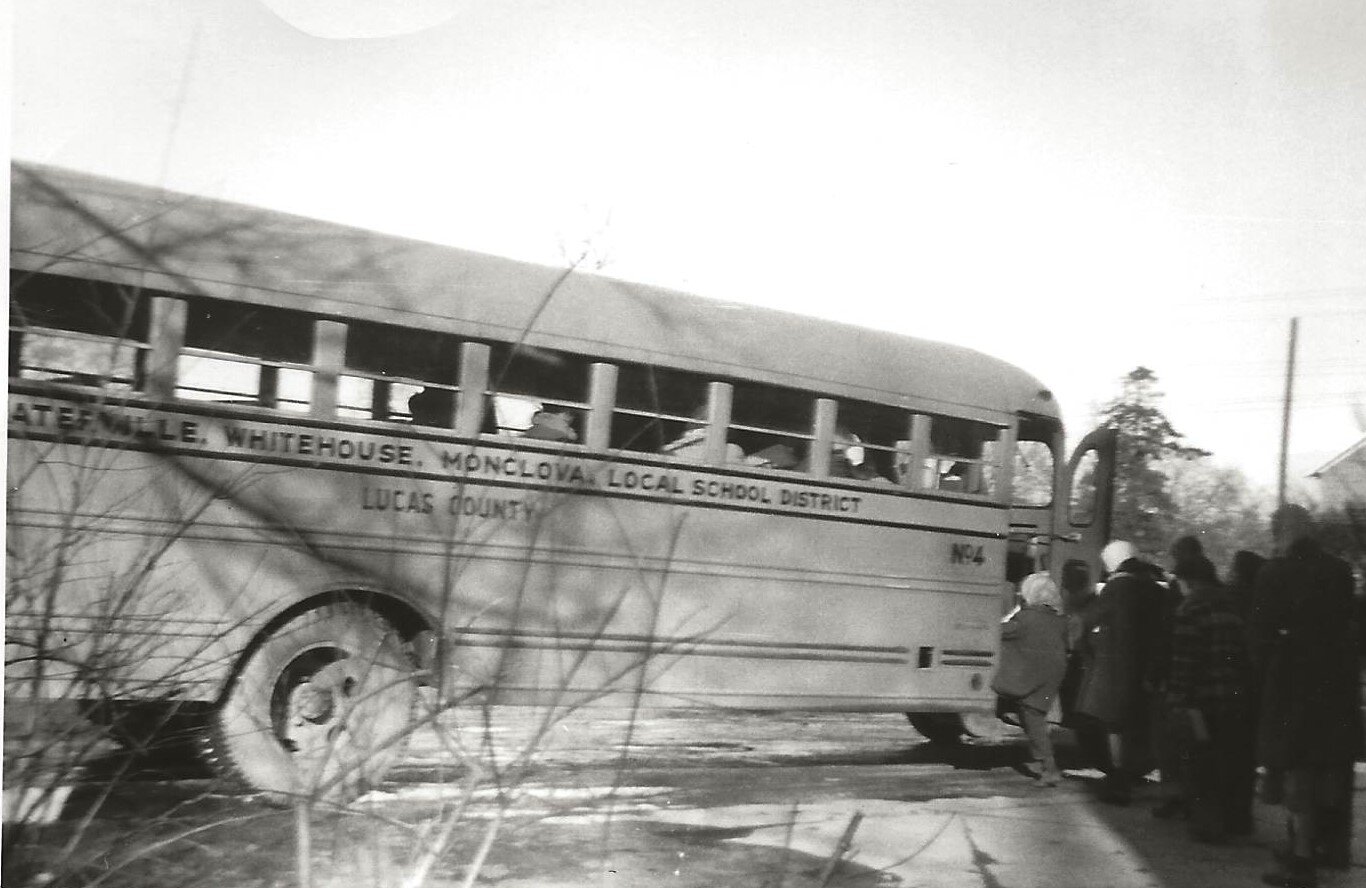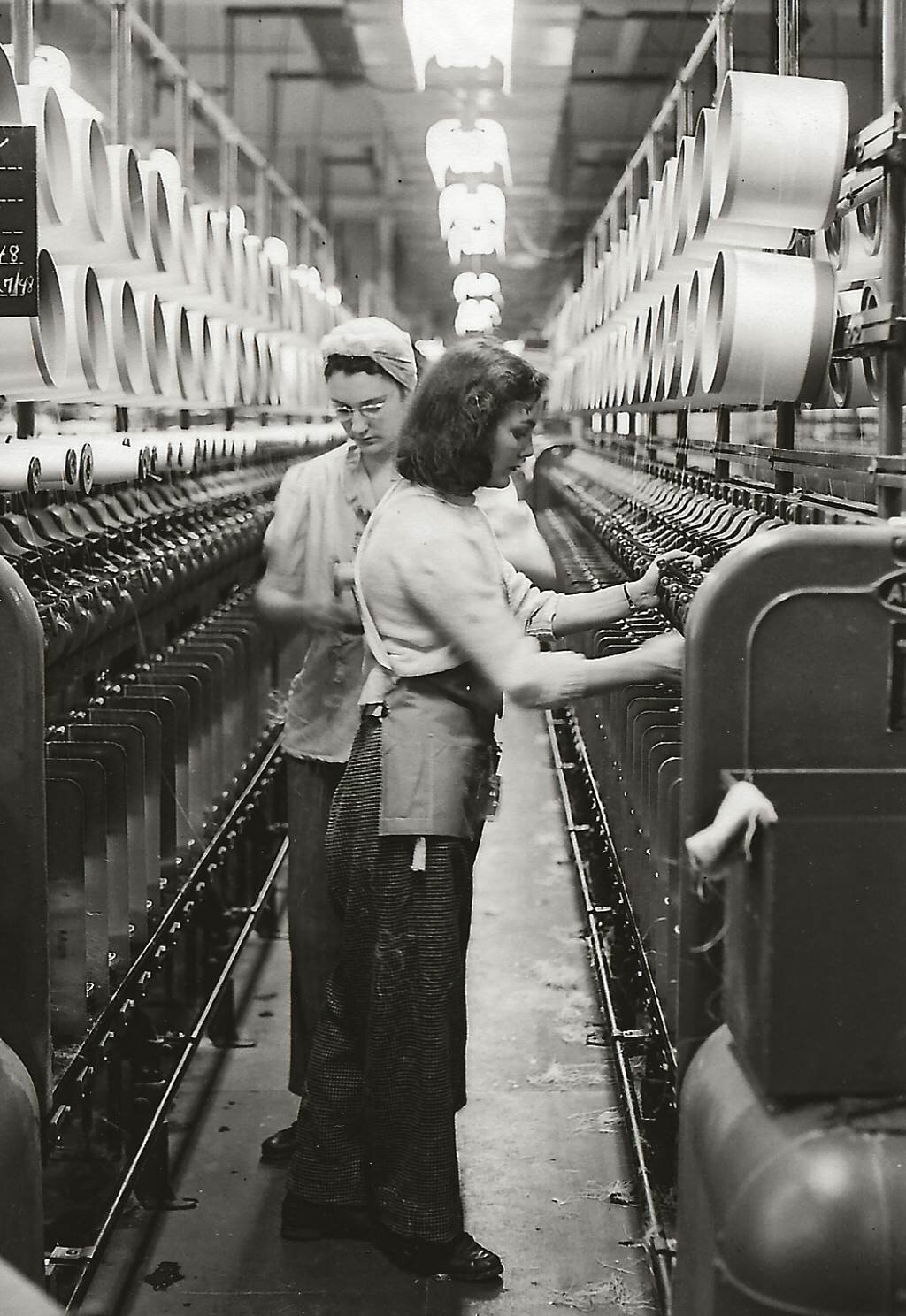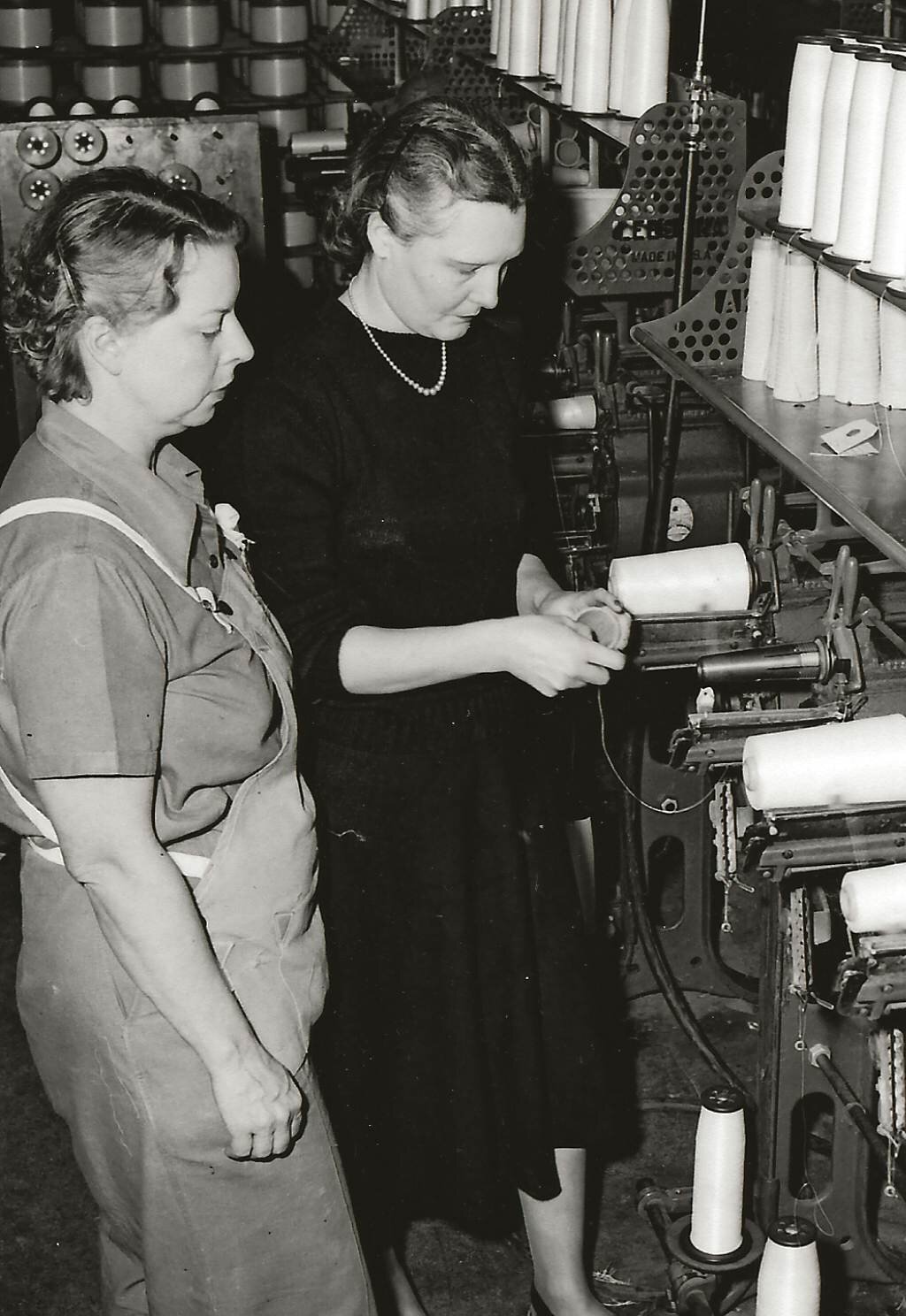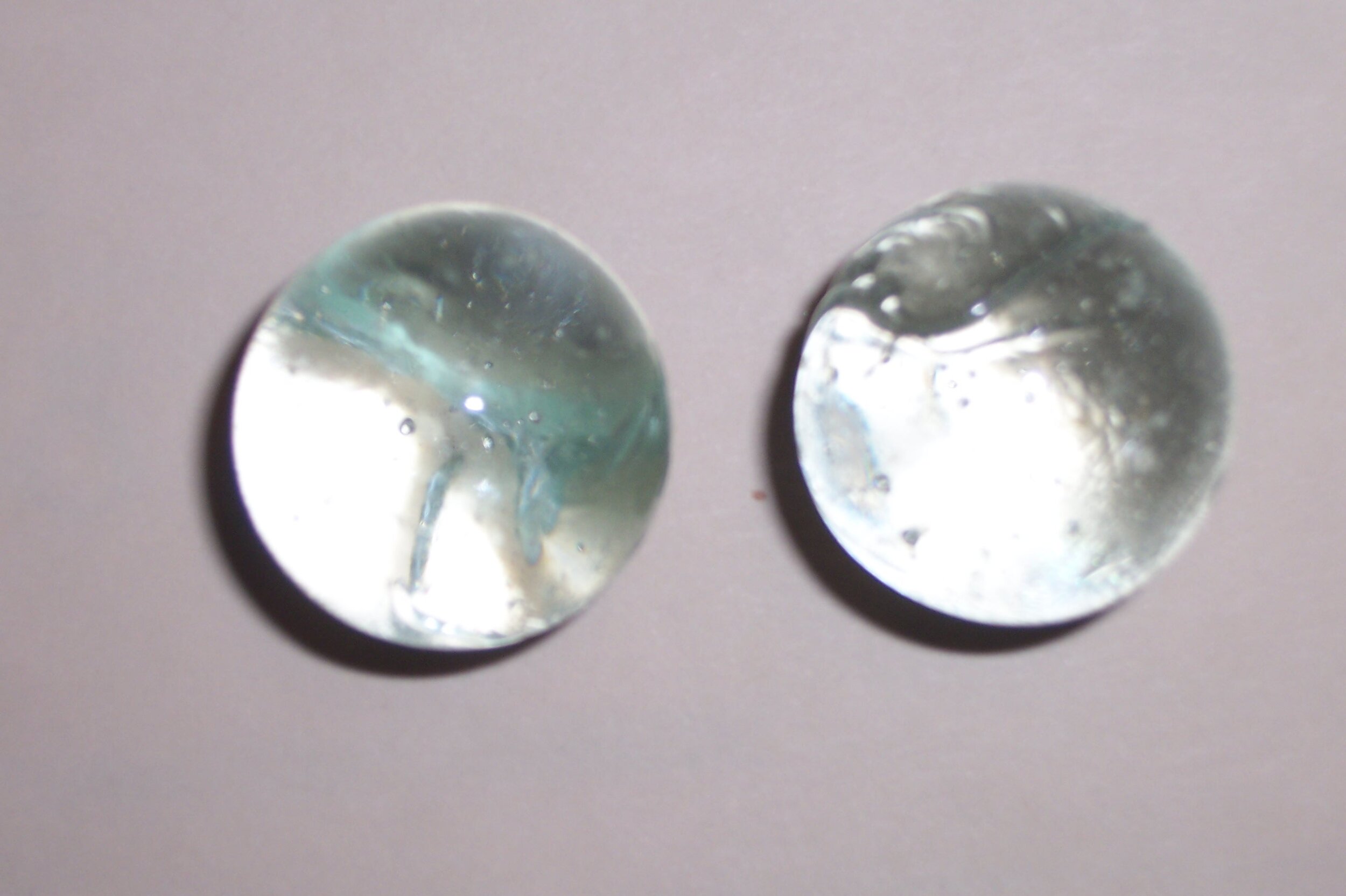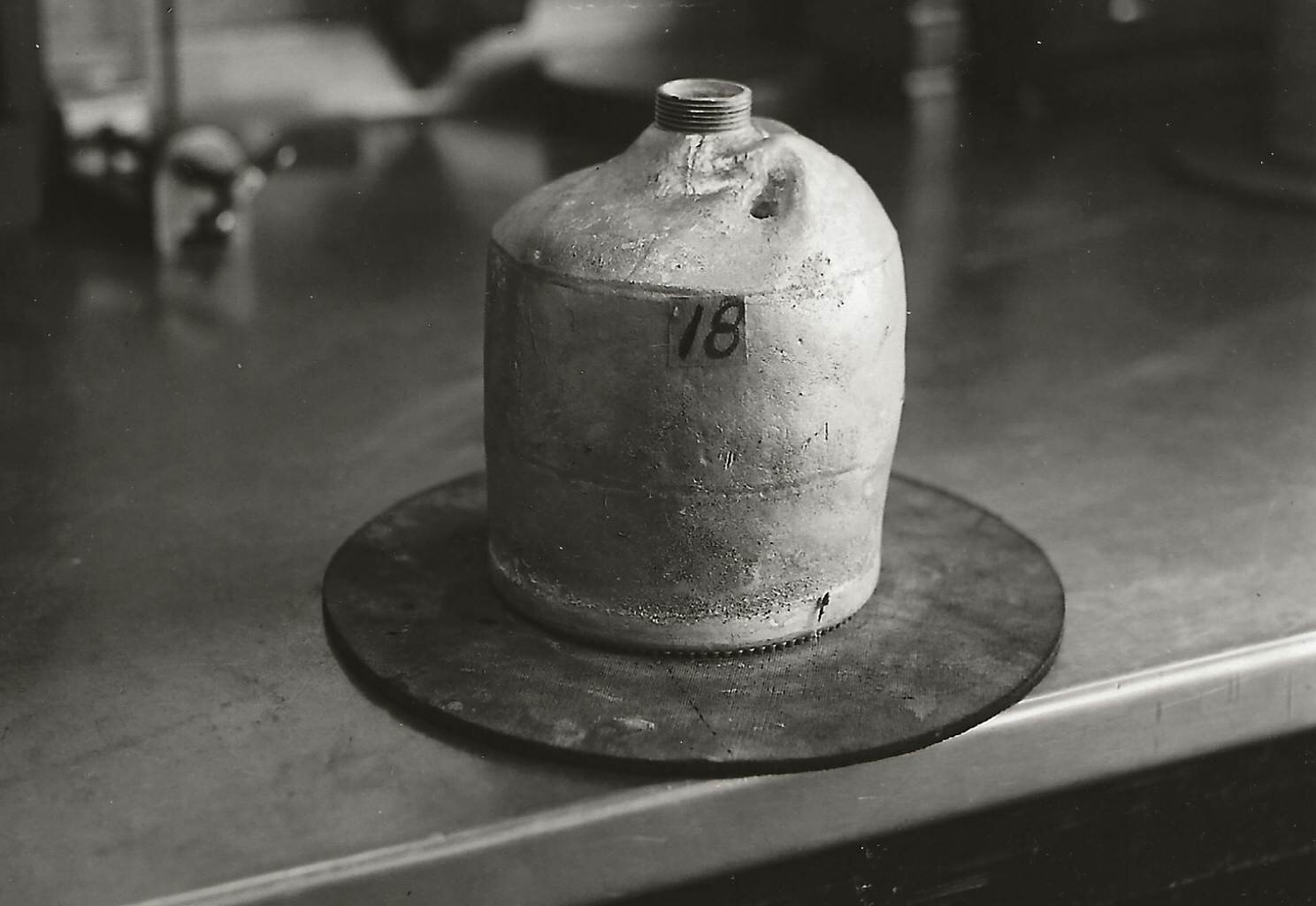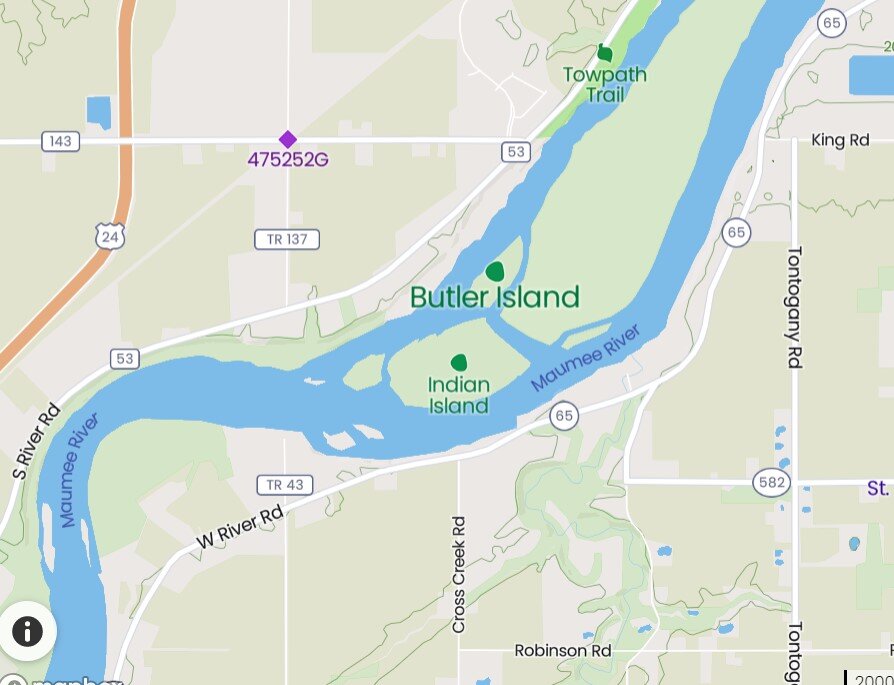A clear plastic bin given to me by my sister was full of items saved out by my mother in the last few months of her life. I found family pictures, a Hill, Hook, Clay, Good, and Tingley family tree completed by Howard Good, my grandfather, three Anthony Wayne Standards highlighting Harry Dudrow, the Assistant Superintendent of Anthony Wayne Local Schools, and an article reporting that Mom, Marian Good Morris, was starring in a musical at Waterville High School with her friend and classmate, Virgil Hannifan. I sorted through; there was more. Mom saved compelling legacy. Yet one more of my grandfather’s journals listing many of the books he read between 1965 and his death in November of 1967 was a revelation; I also found a newspaper photograph of Lois Waffle, longtime librarian and manager of the Waterville Branch of the Lucas County Library. My mama and Lois were Waterville High School schoolmates and fast friends.
Granddad favored biographies and autobiographies; Peter Marshall, Samuel Clemens, the Von Trappe Family, Charles Dickens, Jesse Stuart, Tallulah Bankhead, Dwight D. Eisenhower and more. He loved movies on the television, too, and kept a list with dates of those he watched on television. He watched For Whom the Bell Tolls with Gary Cooper and Ingrid Bergman (maybe twice?—he has two dates, March 17 and March 18, 1964). The list of movies is nearly as long as the list of books (I lost count of books at 26 somewhere in the middle of 1966.) Of course, Granddad wrote his memoir, Black Swamp Farm during these years. He was thinking about reading and writing and quality art. Certainly, I was predisposed to be a reader because of my genetics and family influence, but I had some wonderful reading mentors and experiences that cemented my love of story and the printed word, cemented my life choices of reading, teaching, and finally writing. Growing up in Waterville promoted our literacy.
Librarian Lois Waffle is part of my earliest and longest memories of becoming a reader and living life as a reader. For a time the branch library was on the first floor of the now torn-down Waterville Elementary School. I remember sitting on the yellow oak floor, listening to Miss Waffle’s colorfully beaded bracelets clacking together as she read and sold us story after story. She was a wonderful oral reader, expressive and dramatic. As a small child, I was mesmerized. Later, a new branch library was built above the hill across the railroad tracks. Instead of the polished yellow oak floor, we sat on a smooth white-tiled floor, listening still to the stories Lois read to us. I remember hearing the fancy blower of the air conditioner.
The new library meant a longer walk, crossing the Anthony Wayne Trail either on foot or when I was older on a bicycle. Lois still found new books for me, understanding the veracity with which I read them. For a time in third grade, she wanted me to read “Mrs. Piggy-Wiggle” books. I’m sure I did. She wanted me to try The Borrowers. I loved them. Like my grandfather, I loved biographies and read myself through the children’s biography section. Varina Davis, Emily Dickinson, Lucretia Mott, Girl of Old Nantucket. I loved all the biographies and autobiographies. I graduated myself to the adult section. I’m sure Lois knew, but she never told me I was limited in my reading choices.
I had wonderful teachers, too, who sold us books by reading aloud to us. Two that I remember were my third grade teacher, Miss Rashley, who read us E.B. White’s Charlottes Web. After lunch, every day, we couldn’t wait for the next installment of the Wilbur and Charlotte’s reading adventures. We acted out what are now called Reader’s Theater, plays based on books that we were reading—Tom Sawyer, Sleeping Beauty. In sixth grade, Mrs. Euler introduced us to Victor Hugo’s The Hunchback of Notre Dame. She didn’t read the whole book, just enough to fascinate us with La Esmeralda and Captain Phoebus. What a marvelous plot! She gave us enough to want to read more. What wonderful reading instruction it was!
Great Expectations was our 9th grade novel. Charles Dickens’ redemptive novel was such a great story. My sophomore history teacher, Roger McSurley, assigned us Barbara Tuchman’s book, The Guns of August for our World Power and Conflict class. Reading a book for a non-English class was a new concept for us. For me, I plowed through it because it was our assignment. But in a nod to Roger McSurley, I was at the Waterville branch library completing research for a quarterly paper for Ken Fallows. Roger was there, and recommended a book called Each Bright River, by Mildred Masterson McNeilly. It was a novel and more to what I loved to read at aged 15. He was right. It was a perfect book. Roger McSurley epitomized the concept that every teacher a teacher of reading.
Later in high school, Roy Williamson read to us as high school juniors and seniors. It was a way to sell a story, sure, but also a way to convince English students that there really was something in these things that had writing between two covers. In his classes, we read books and discussed them and wrote about them. We read The Sound and the Fury, by William Faulkner, a complex book that taught us to understand a new writing point-of-view—stream of consciousness.
As a teacher of middle school, one of my favorite books to read to my students was Good Night, Mr. Tom, by Michelle Magorian, a World War II novel set outside of London, England. I read Beowulf to my high school students; we acted out William Shakespeare’s Romeo and Juliet and Hamlet, Prince of Denmark. My students read books and wrote me letters. Books surrounded me my entire career, books and reading experiences I learned in my K-12 years at Anthony Wayne schools.
One of our graduation requirements for the Master of Fine Arts in Creative Writing at Ashland University was to create a bibliography of 50 of the most influential books we used in our writing and study. When I defended my memoir thesis at Ashland in the summer of 2018, I brought 20 of these books with me. When I was asked why I had a rather large stack of books on the table at my formal defense, I said, “These books are my friends.” It seemed to be the right thing to say.
I didn’t find Granddad’s list of books he read in the last years of his life until just recently, but books were his friends, too.
